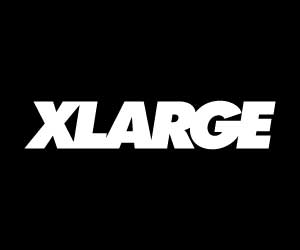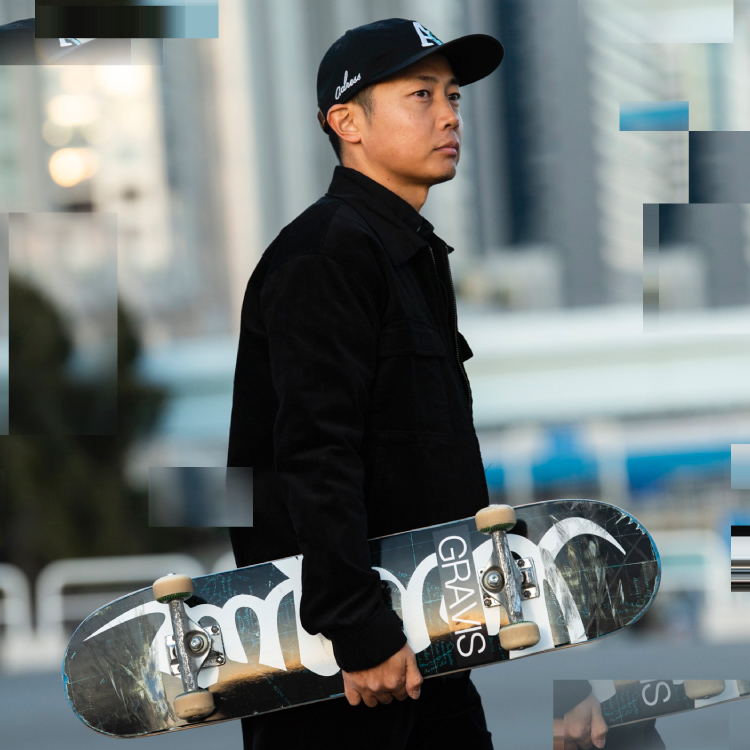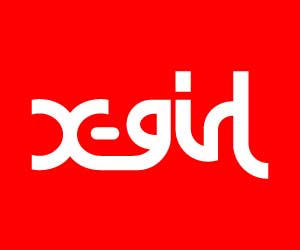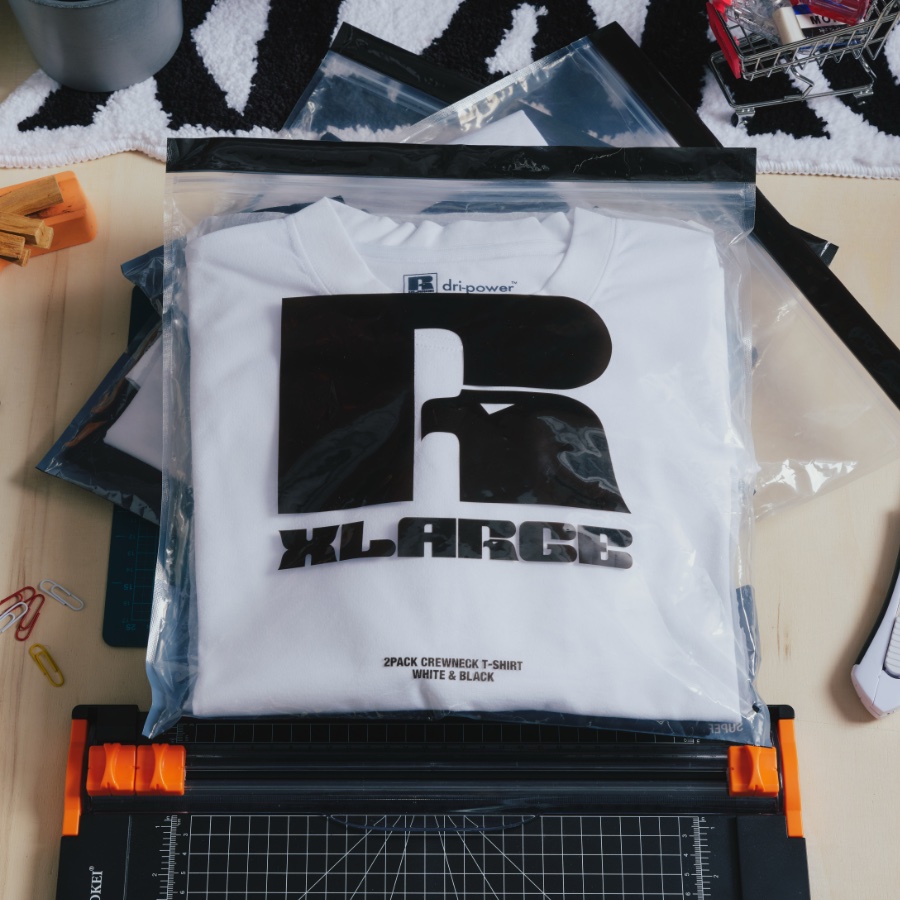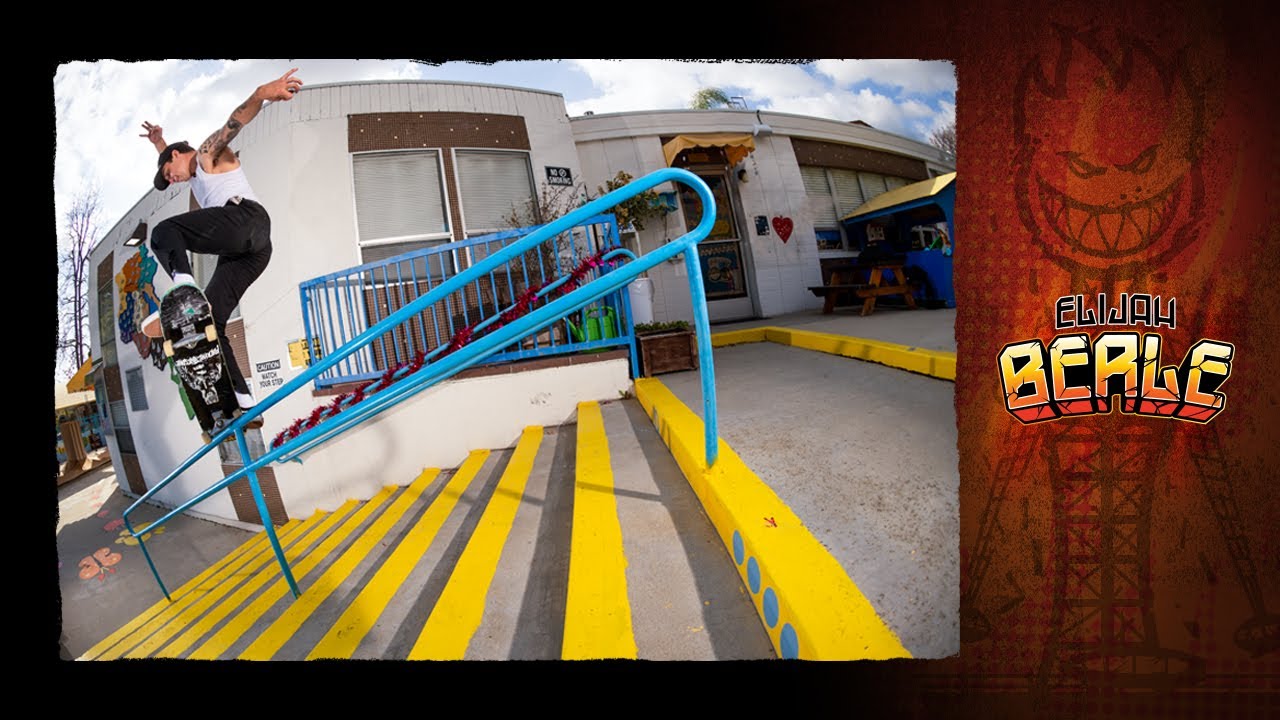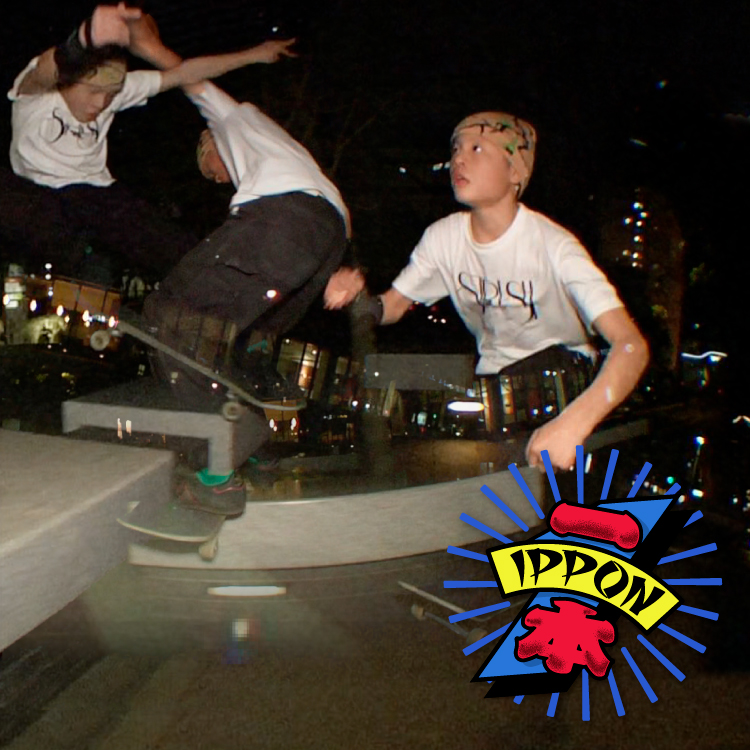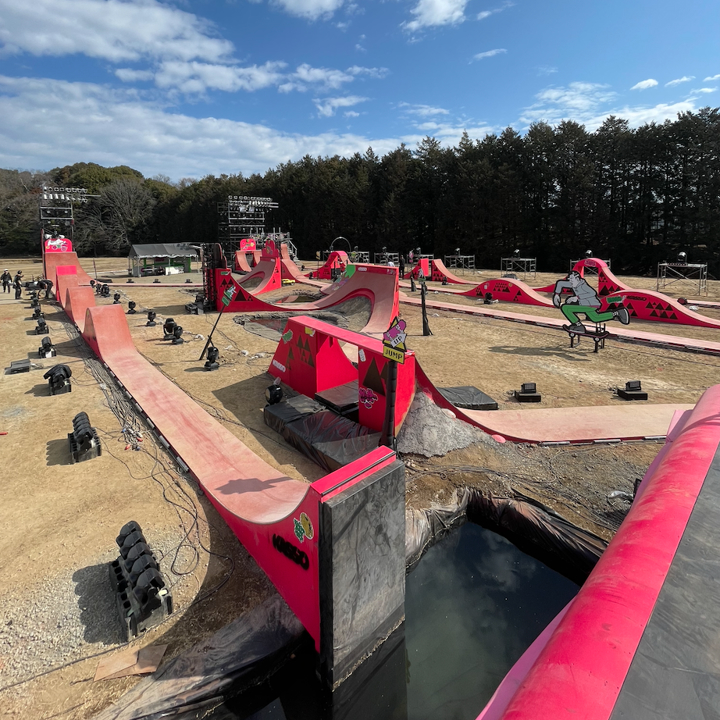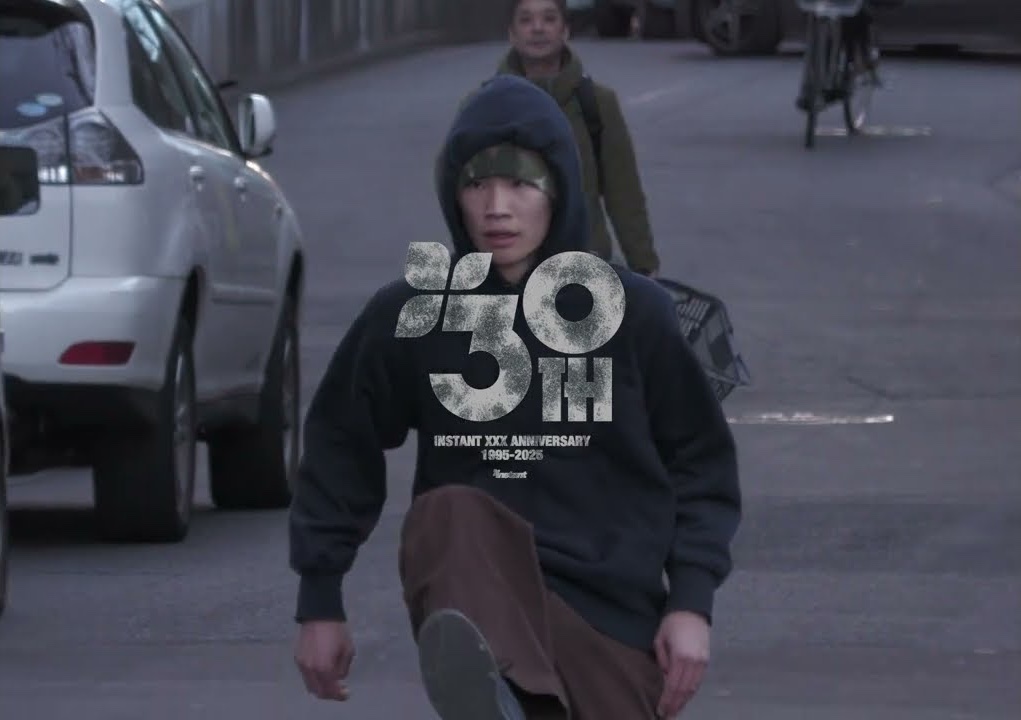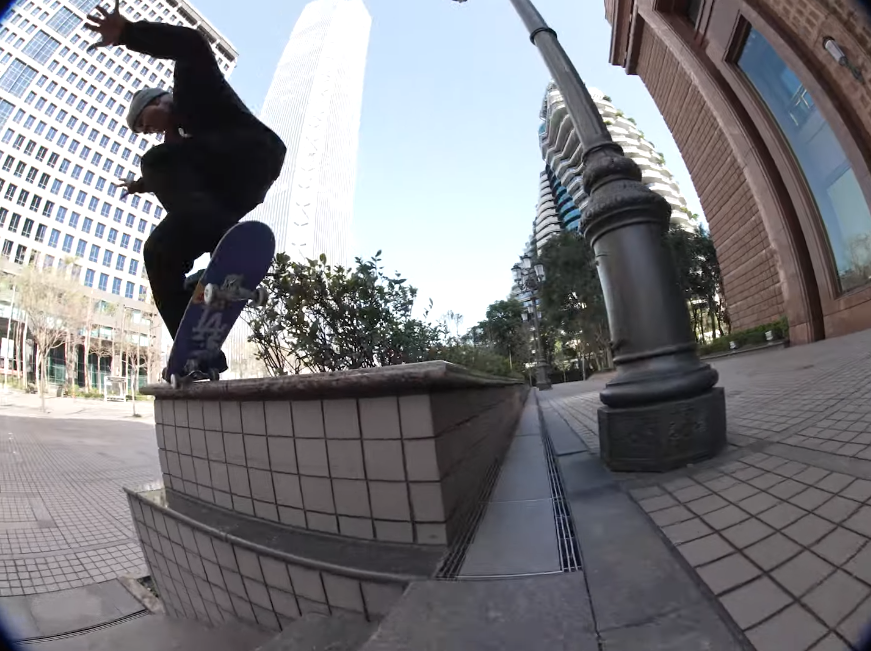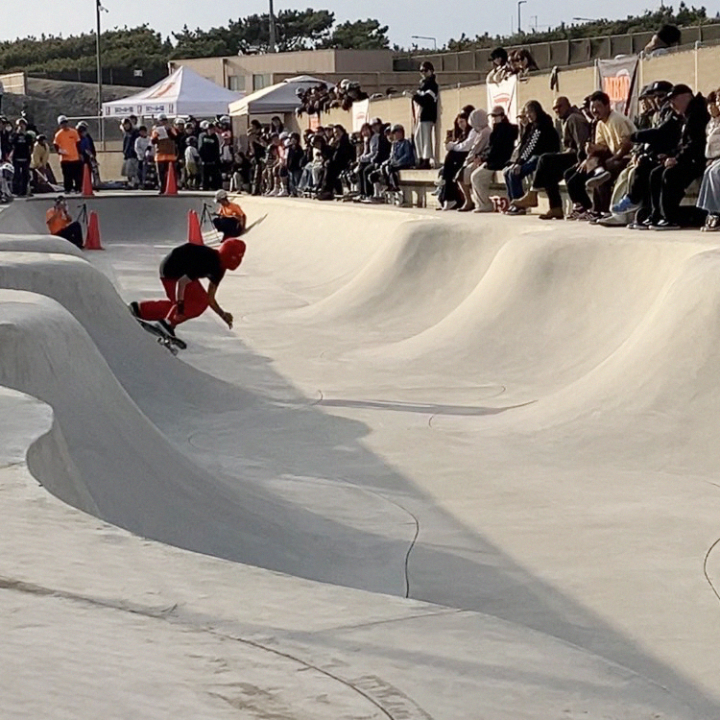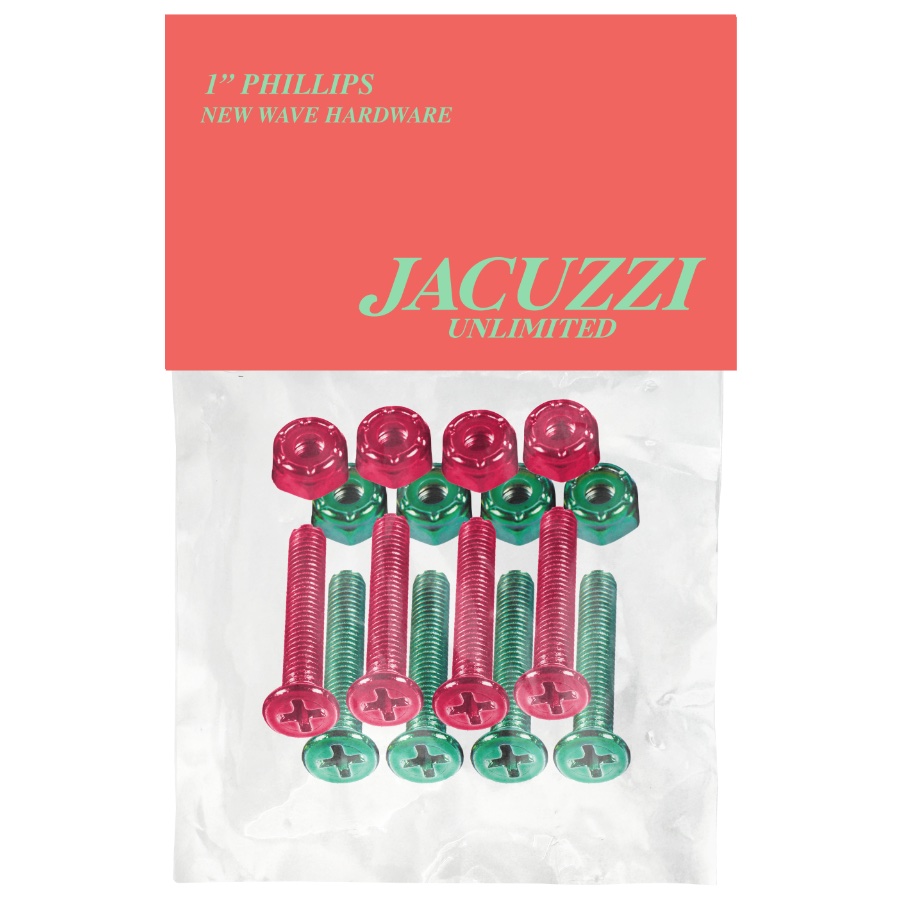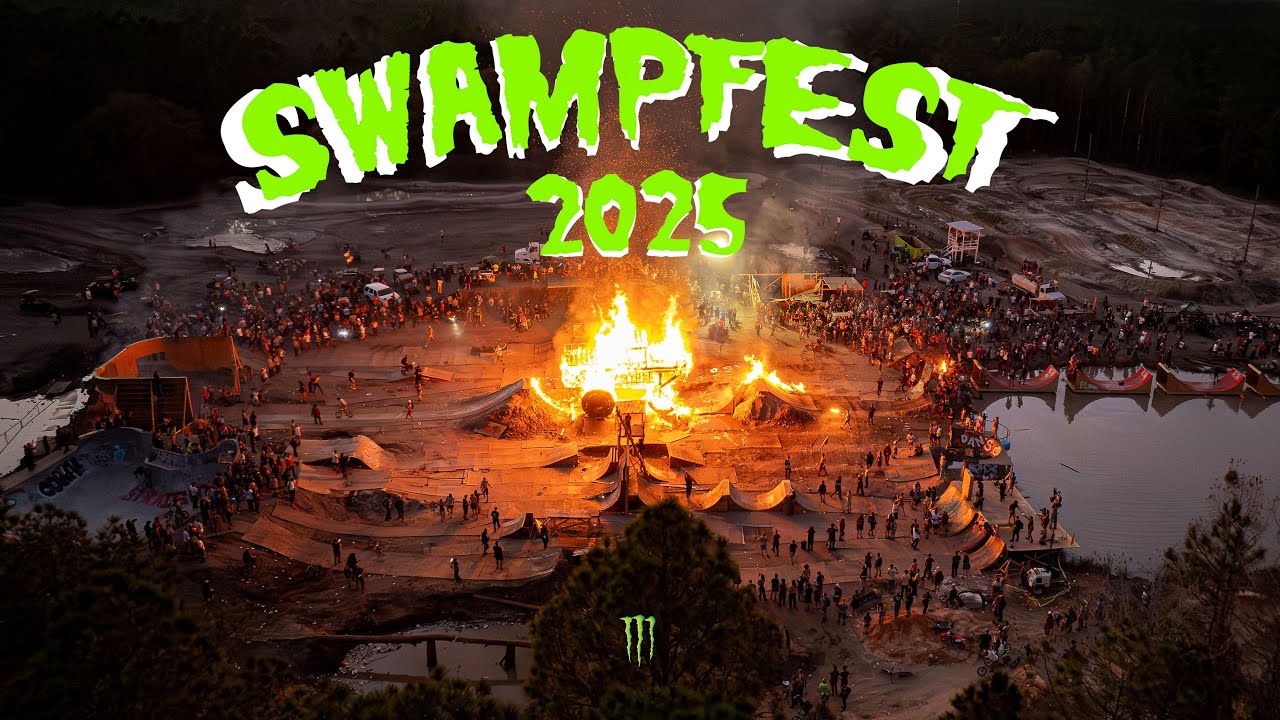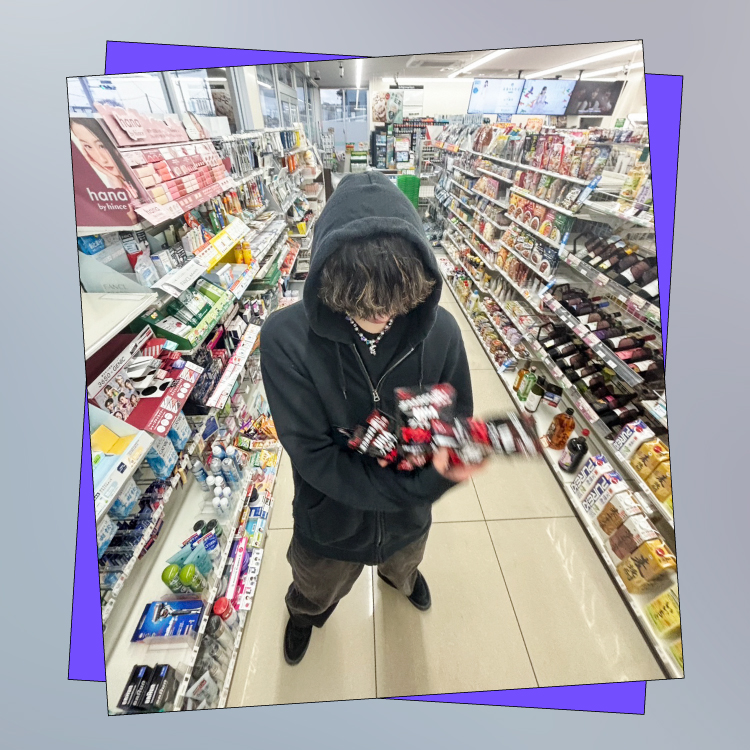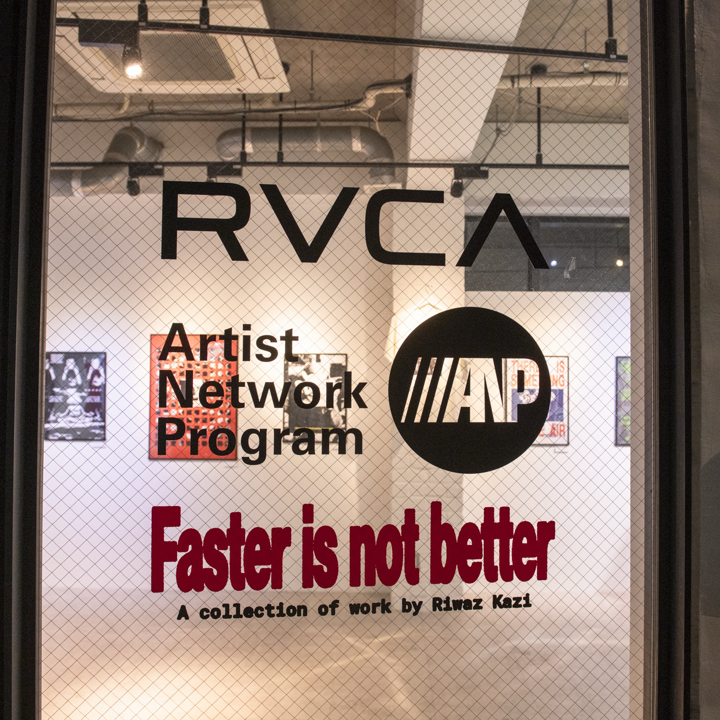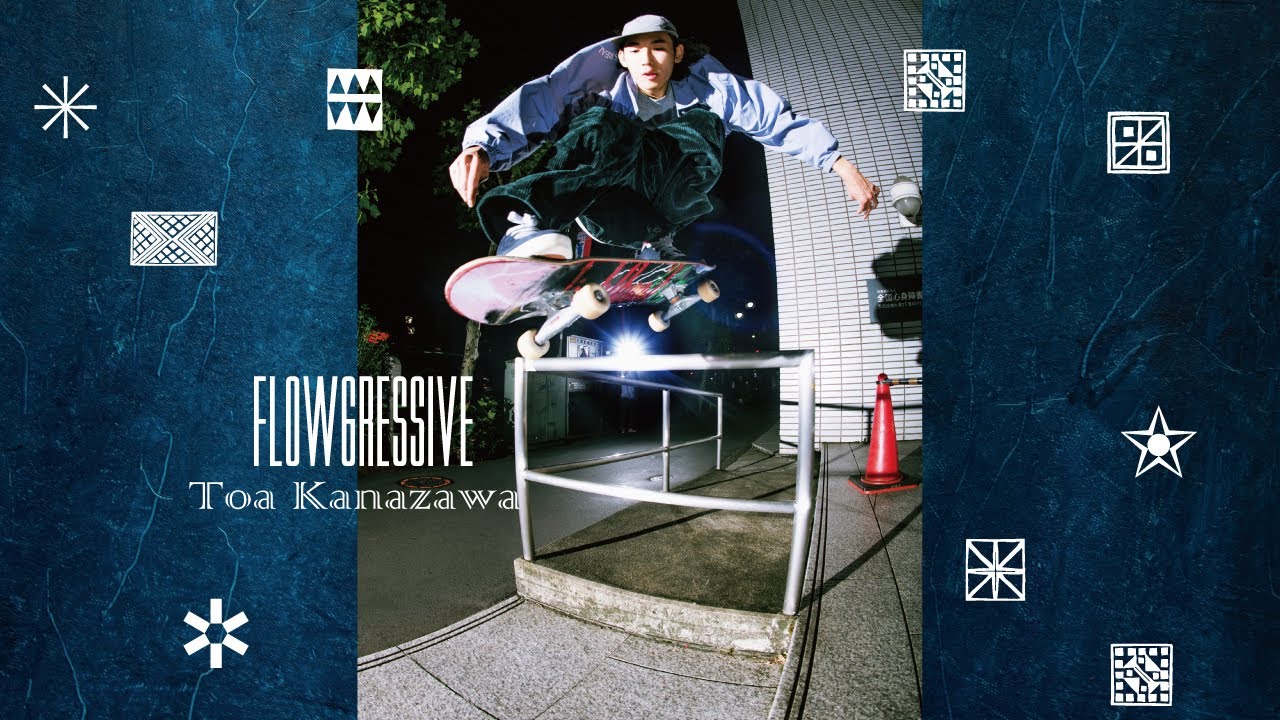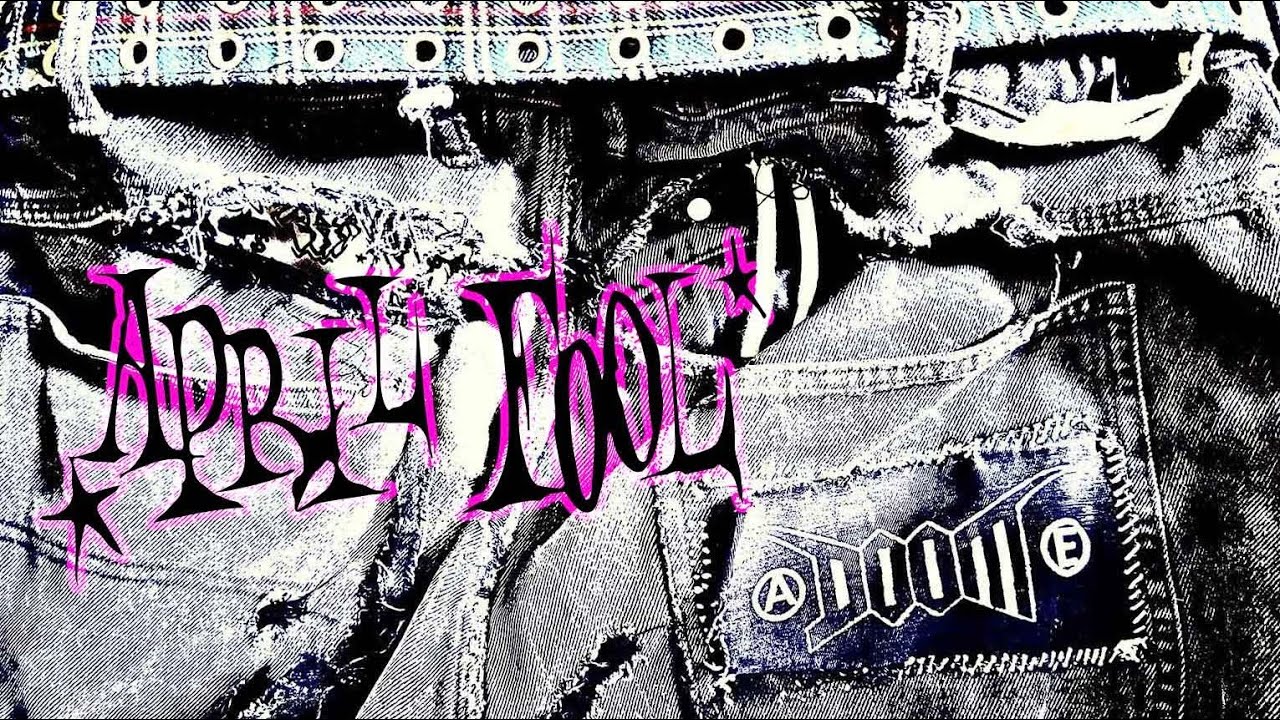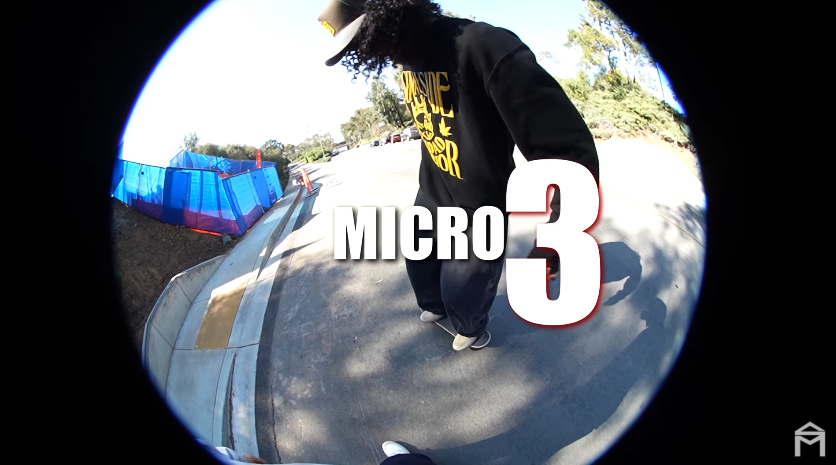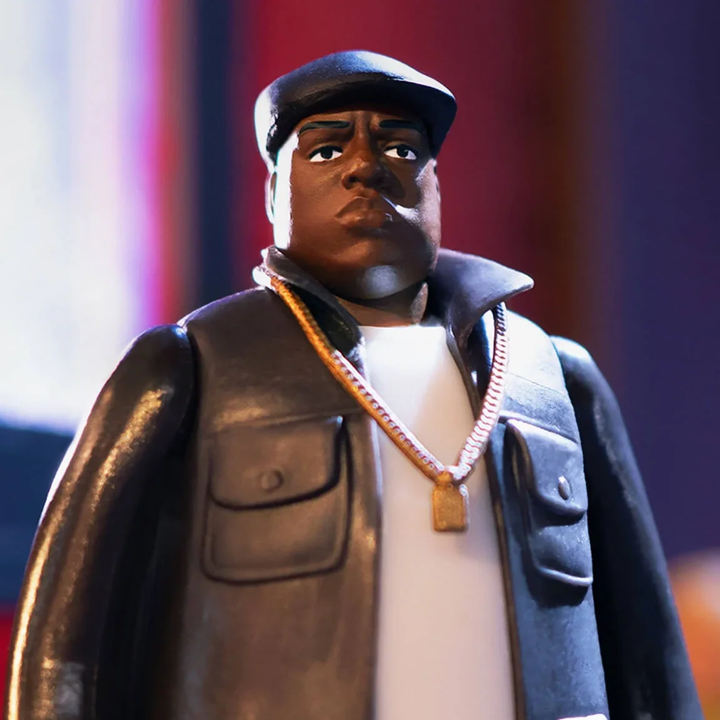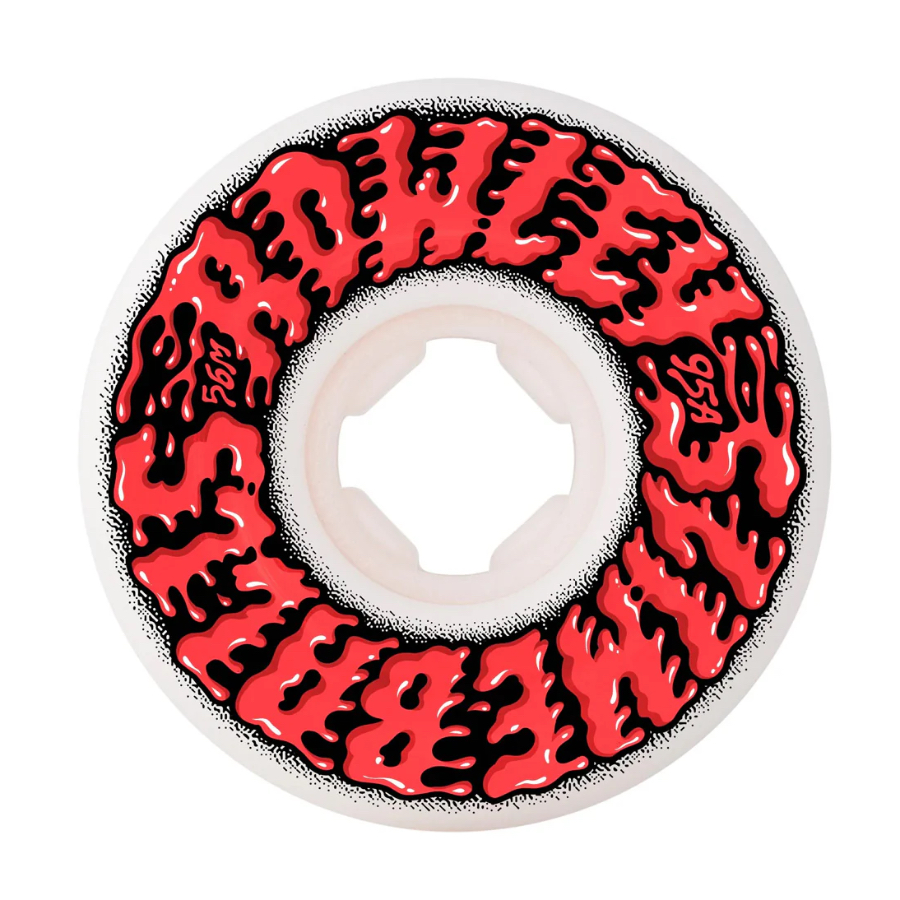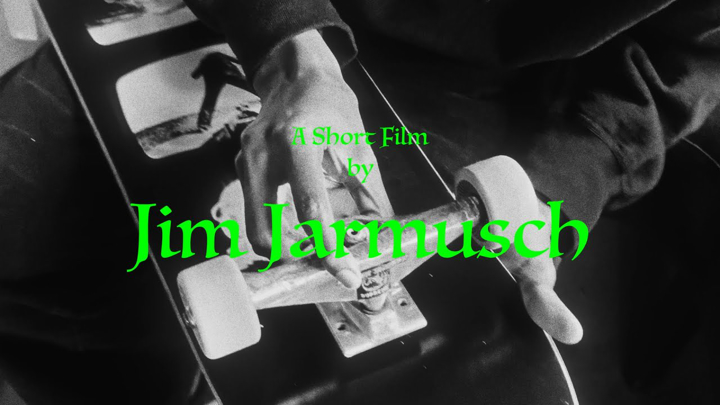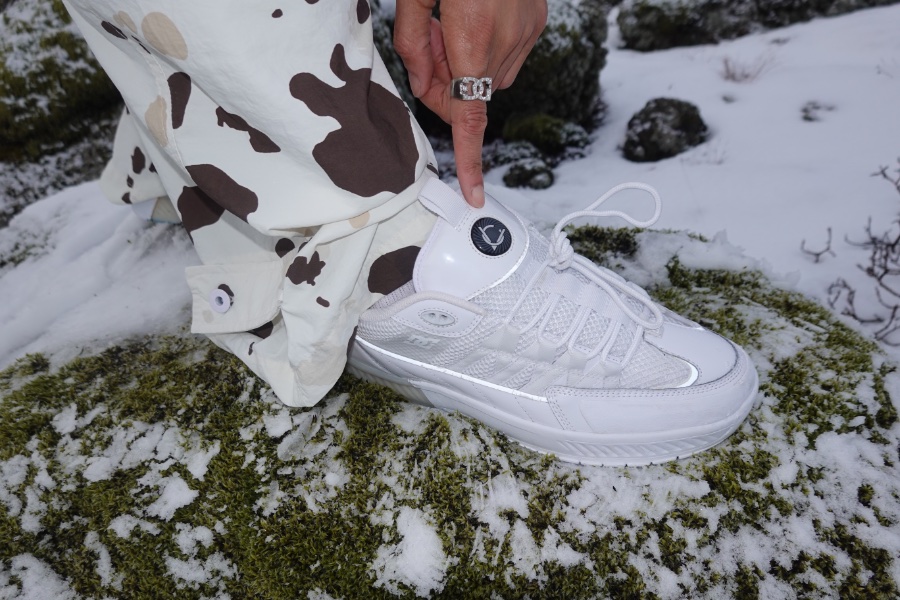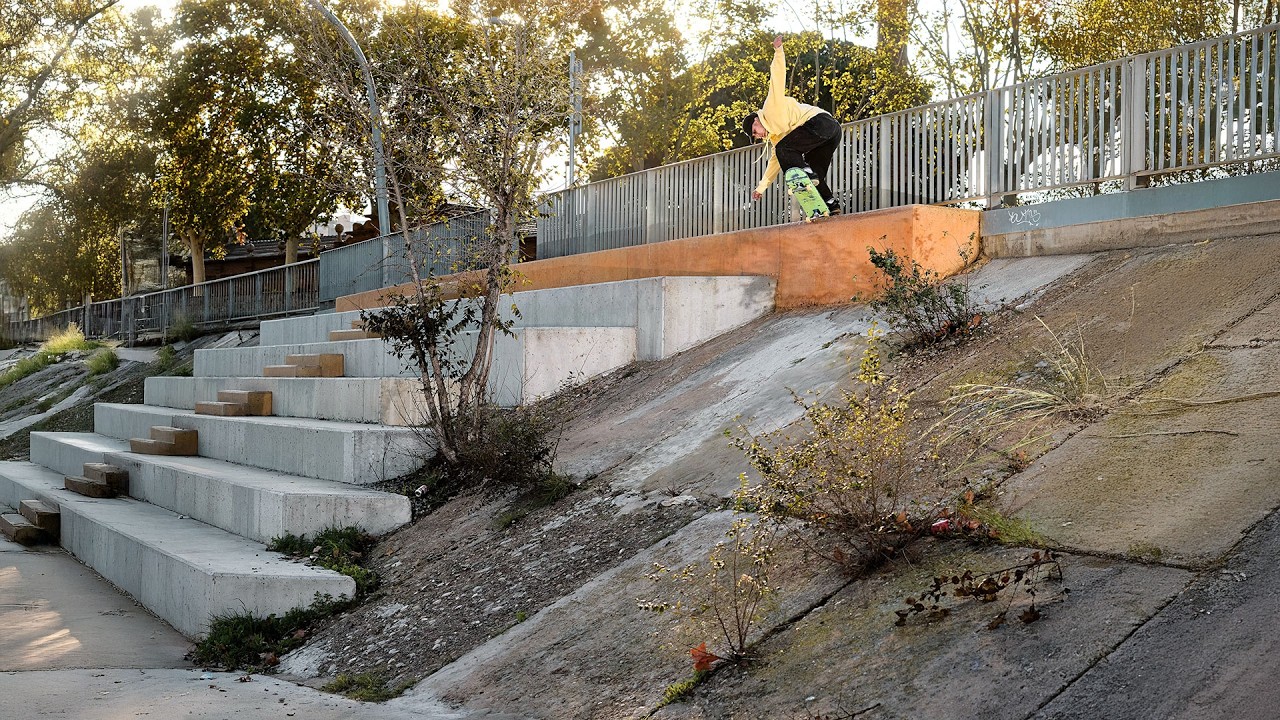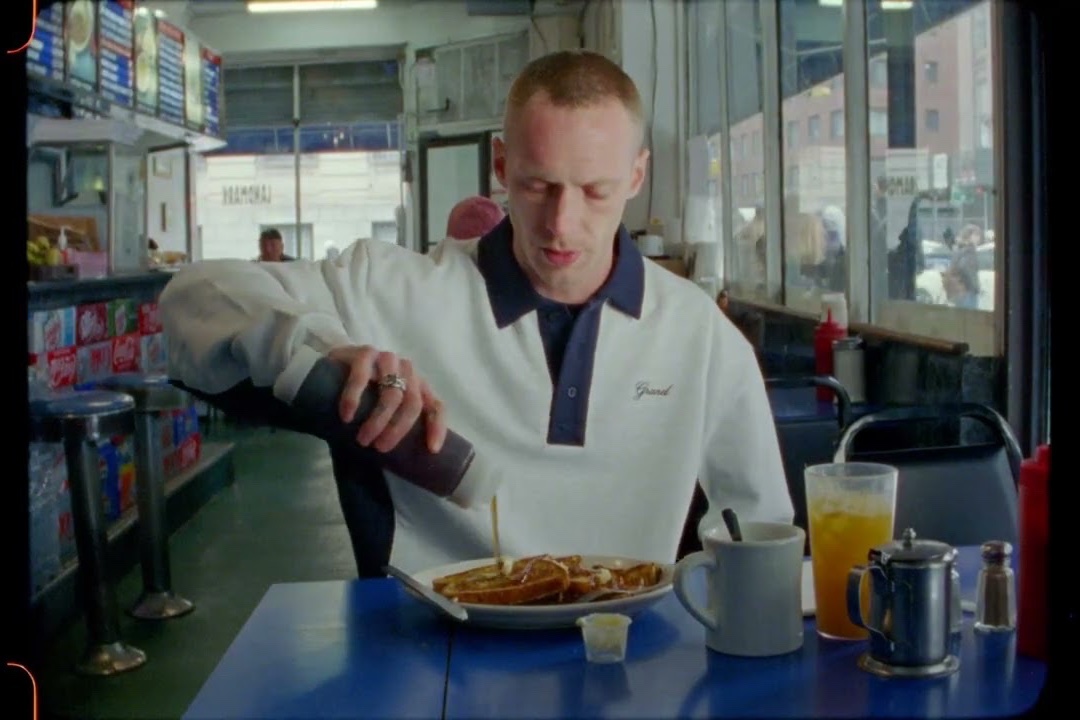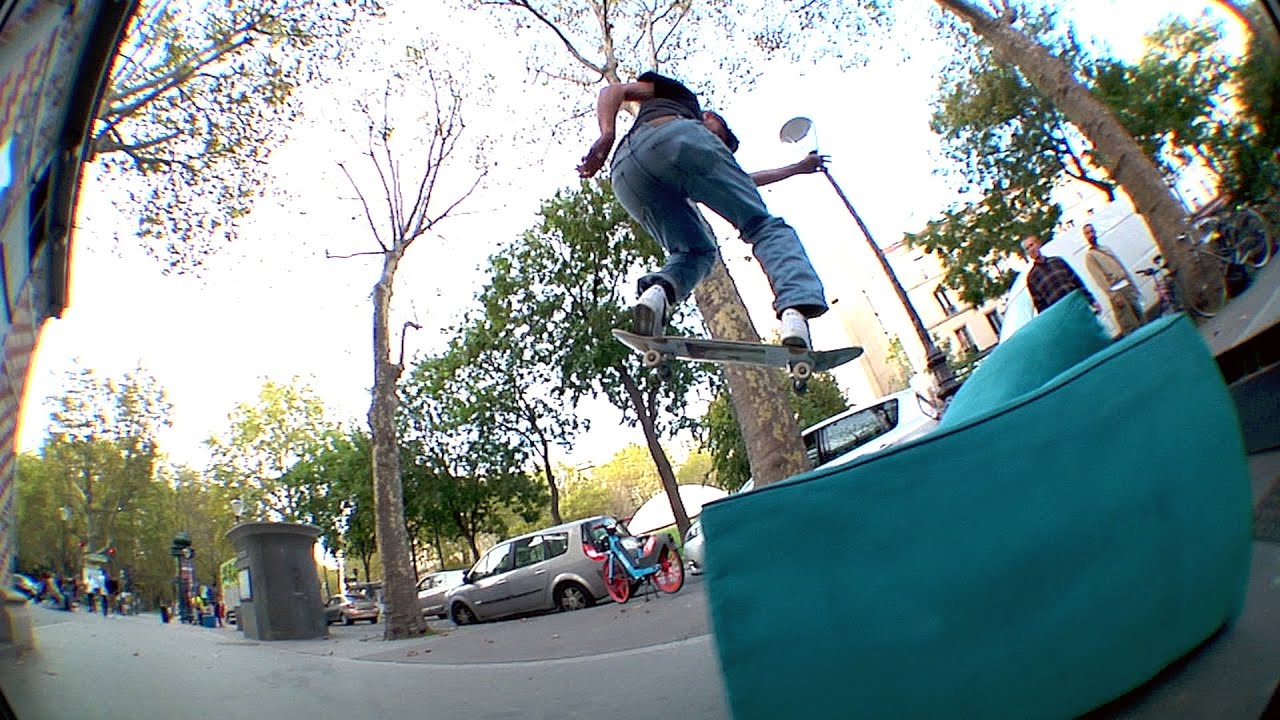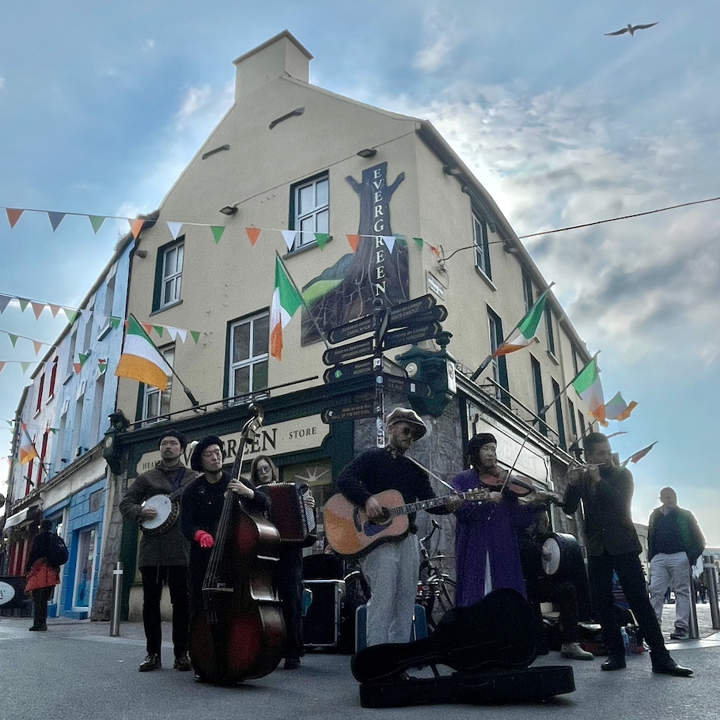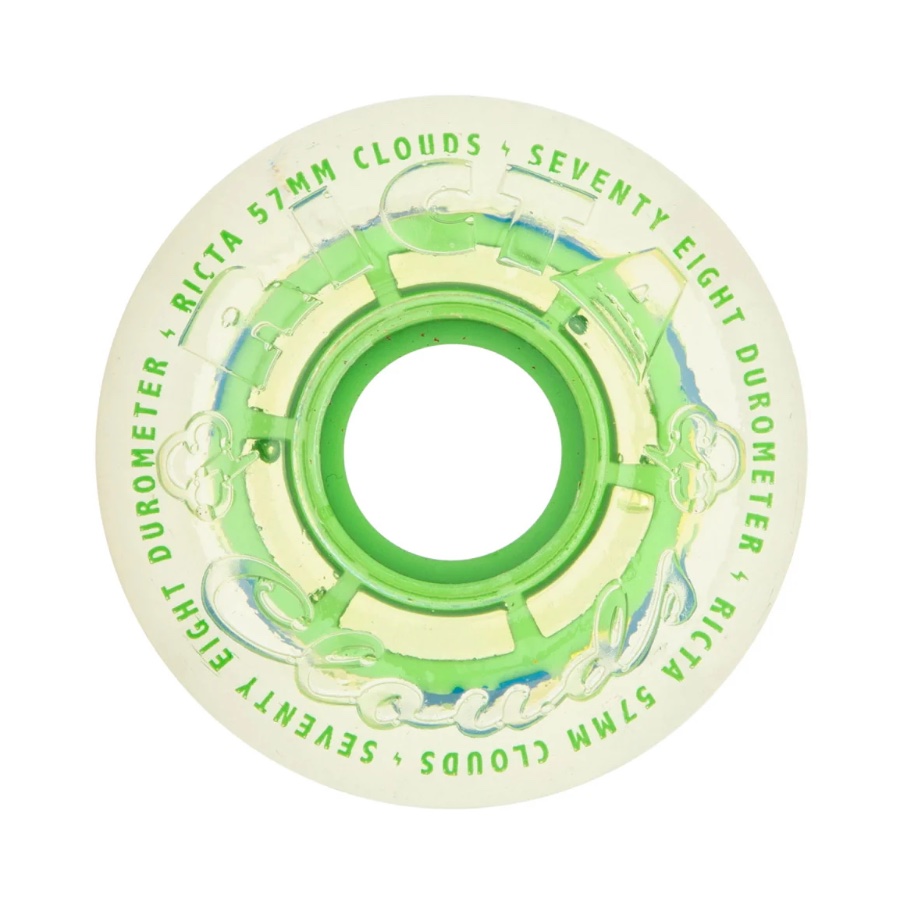ALIEN WORKSHOP DAYS AND INSPIRATIONS FOR HIS WORK
──DON PENDLETON (ENGLISH)
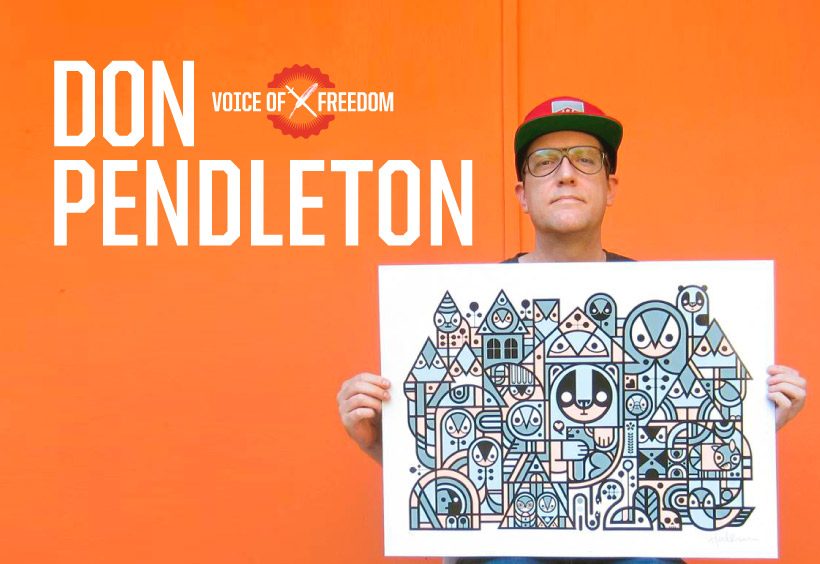
Interview by VHSMAG, Photo courtesy of StraightSix Ltd.
VHSMAG (V): When and how did you get into art?
Don Pendleton (P): When I was very young, about 4 or 5 I had a box of crayons, markers and a sketch pad. My dad was painting a lot around 1977 and 78 so I would sit at the kitchen table and watch him paint and draw right there beside him.
V: How did you start working in the skate industry? Was Alien Workshop your first company you did artwork for skate-wise? How did that happen?
P: Alien Workshop was the first company I ever did graphics for. I started skating in 1985 and eventually had some sponsors so I got to know some people in the industry. Alien just happened to need an artist when I was working at a newspaper. I saw the job opening online one night and sent some art samples to them and they called me in for an interview. I drove 6 hours to Ohio and they called me back a few days later to offer me the job. Very traditional hiring process.
V: How would you describe your style of work? Any influences?
P: First and foremost, growing up as a skater I was influenced by pros like Mark Gonzales, Neil Blender and Natas Kaupas. Also GSD and John Grigley. I was in love with the graphics of my youth and the skateboard magazines. I lived far away from California (in West Virginia) so magazines were the only connection to skating at the time. Eventually I was exposed to fine art and artists like Miro, Kandinsky and Chagall. Also Picasso… my art is probably best described as organic cubism… not traditional cubism but somewhat abstract and stylized. Hopefully just my own personal interpretation of things at this point.
V: When would you say was the tipping point for you as an artist?
P: I guess getting the job at Alien Workshop because I was doing so many things: Skateboard graphics but also t-shirts and websites and eventually things like beanies and wallets, caps and some cut and sew clothing. I did a lot of different things at Alien but the graphics are what got the attention. So in terms of juggling a big workload and learning to focus, stay productive and really find my own style, those 7 years at Alien were probably what pushed me forward.
V: Anything you keep in mind when you work on your art?
P: The world around me… living things, bugs, insects, animals, plants. The human condition, what's on the inside. Books that I read, old horror movies that I watch (for pre-computer special effects). I hope a little bit of all aspects of my life make their way into my work and art.
V: What motivates you to make art?
P: Kind of like how skateboarding used to be for me…I needed to do it to feel normal. It was just part of processing everything and managing stress and giving myself a voice of some kind. Maybe a coping mechanism of sorts and a way to keep myself level.
V: What is your most memorable piece that you've done in Skateboarding?
P: I don't think there is any one piece that stands out but the graphics I did for Jason Dill and Anthony Pappalardo and Steve Berra were always my favorites. So there are some that stick out, a series called the Daydream Series (Pappalardo's graphic from that) and a Dill limited edition graphic from probably 2000 that was kind of a comic strip format with panels where I was referencing some of his lingo Dill used at the time.
V: What do you think about artworks you see in the skate industry today?
P: Just like everything else: Some good and some bad. As an artist, I like to see unique styles and creativity and new directions. It's kind of disheartening to see so many stolen images and references to pop culture and cartoon characters. I mean, it was all done like 25 years ago, I just enjoy seeing drawings and art instead of found object type of graphics and scanned images. Some of those work, some of them don't but it's weird to watch skateboarding chase its own tail so often.
V: Where do you base yourself? Still in Ohio? If so, what keeps you there?
P: I am still in Ohio. It's nice because I have a house that is kind of out of the way. We get all 4 seasons here…very hot all the way to very cold with snow. I can hide out here easily and get a lot of work done without too many distractions and my family and some friends are close by.
V: Do you think your art gets influenced by where you live and where you make them?
P: I would say yes and some of that is because of the weather. During winter there isn't much sun and it stays that way for several months. Since my mood affects my art and the weather affects my mood, it allows me to be in different frames of mind through the year. I think if it was sunny every day, I don't think that would help me in terms of productivity or creativity. Plus, I'm separate from any art scene… there is none here. I don't go to art shows or anything so I'm not exposed to much other artwork. I just kind of stay in my own head and my own space.
V: You've been working with STANCE socks too. How did the collaboration come about?
P: Ryan Kingman was the first person from Stance to contact me about doing work for them, back in 2011. I've done several socks in the past 5 years… nothing in this most recent year but hopefully there will be another project before too long.
V: Is working on sock design different from working on board graphics?
P: Mostly just consideration for the shape and material. With a skateboard deck you have this very stable, open area to print on and with a sock you have to consider the material, how it wraps around the foot and ankle and how the material will stretch the work out. I want it to look good on and off the foot so it's more of a three dimensional type of design in the end compared to a flat skateboard.
V: What's the best thing about STANCE?
P: To be honest, all of the people who work there have been very kind and good to work with. They've supported art shows that I've done in the past so that I can be at the openings. And the product really is top notch. Best socks and underwear out there, hands down. Nothing else even has come close to the quality of what they do with the materials and printing and production.
V: Looking back on your career, what was the best thing that's happened to you?
P: I would just say being able to make a living doing this on my own, getting to travel and meet people on occasion. Working with good clients on interesting projects and trying new things. Professionally winning a Grammy (American music award) for an album design I did with Pearl Jam was rewarding but the parts of my career are more about the experiences, being able to do it on my own terms and still love to do it despite all of the difficult parts, being in Ohio and kind of isolated from the larger art scenes in CA and NY.
V: What are your goals as an artist?
P: It's always just been to continue to be productive and make a living so I don't have to spend some of the day working for someone else. If I can do that and have all of my time to sketch and draw and create then I feel like that's about as successful as an artist can get.
V: Any project in the works? Anything we can expect from you in the future?
P: I had a really full year so far, a lot of travel and some bigger signature projects like the recent Volcom line and a solo exhibit so for the next few months I'm just going to paint and focus on the fine art aspect of what I do. As an artist, you've got to create down time to keep growing as an artist and experimenting… failing is part of being an artist and you really want to fail privately instead of publicly. I have a new print coming out next month through my publisher in LA (Poster Child Prints) so I'm not looking too much further beyond that right now.
 Don Pendleton www.elephont.com
Don Pendleton www.elephont.com
An artist known for his minimal and organic style. Started out his career at Alien Workshop, and has worked with various clients from the likes of Element, Volcom, STANCE, etc.
 Don Pendleton
Don Pendletonwww.elephont.com
